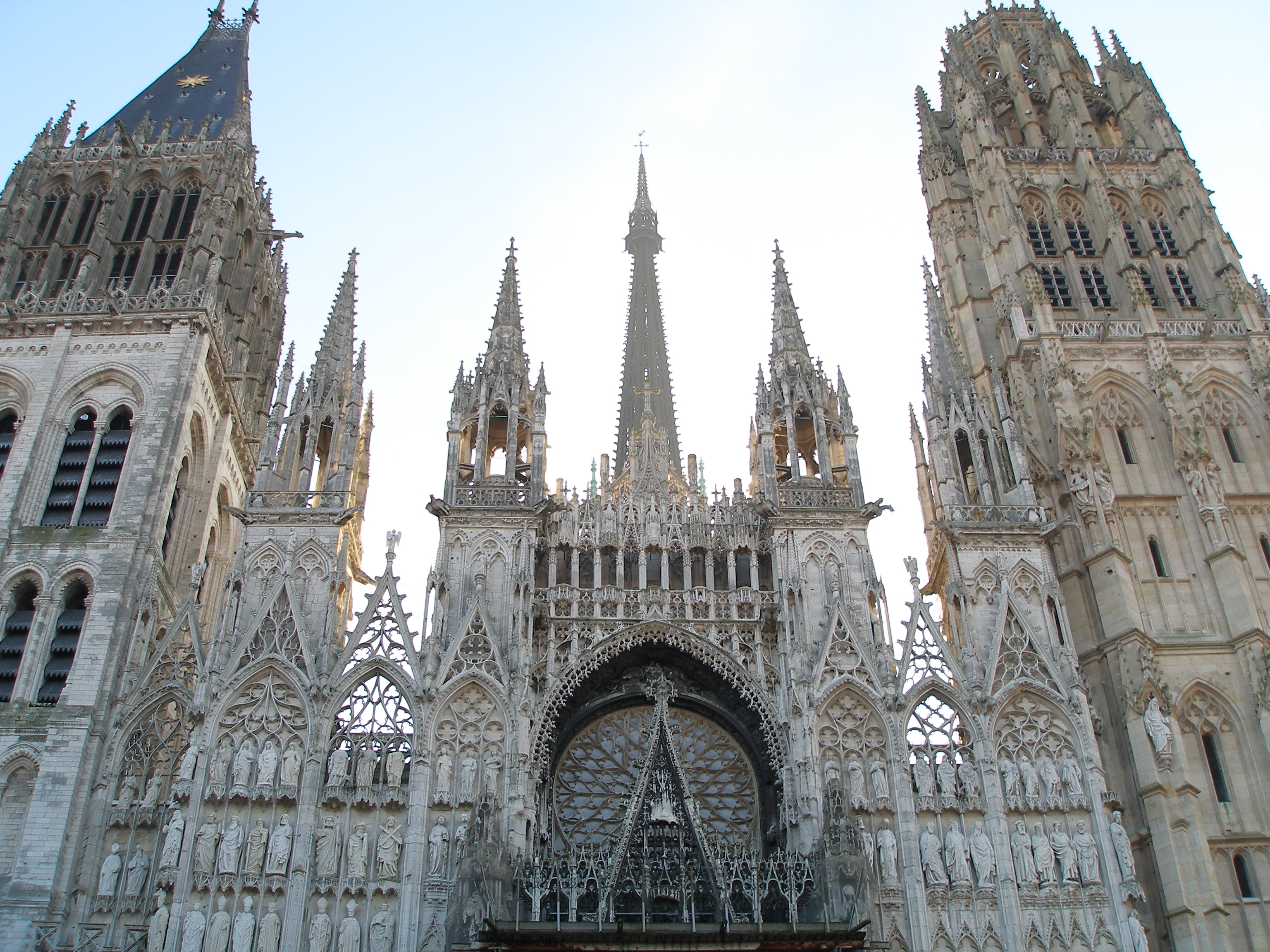Art and the sacred, the beautiful and the true, the art of building in consonance with the mystery of the liturgy, study and research of the geometry used by God in the structure of the universe, the harmony of the measurements and forms used to build according to God’s design, the study and use of gold, different technological systems, the use of new materials, the imagination of telematicsytems gracefully integrated into traditional constructions.
The Master’s degree of the 2nd level in «Architecture, Sacred Art, and Liturgy» will consider this and more. The program is organized by the European University of Rome, under the patronage of the Congregation for Divine Worship and the Discipline of the Sacraments.
The cultural objective is not just that of knowing how to build sacred buildings with wisdom and liturgical precision, but to try to know and to reproduce the geometry used by the Creator in all human constructions.
This is the only Master’s program dedicated to the discipline of sacred art and architecture known to Italian academia and recognized legally by the MIUR and by the Italian government.
The credits earned go to obtaining the Master’s Diploma of the 2nd level from the European University, for those who already possess a university degree or, for all other students, to obtaining a Certificate of Completion.
Ever since its first year in 2007, the Master’s program has enjoyed participation from a broad range of cultures. There are approximately 230 students originating from every part of Italy and of the world, such as Argentina, Brazil, Cuba, Mexico, Spain and Germany.
The Course, initially instituted by the patronage of the Pontifical Commision for the Cultural Goods of the Church, has a year-long duration and consists in classroom lessons, seminars, exercises, activities, apprenticeships and guided visits, totaling a sum of 1500 hours of learning, 300 of which are classroom lessons, subdivided in four disciplinary areas: theology, art and music for the liturgy; projection and architectonic composition; cultural heritage.
At the end of the didactic/formative itinerary and after passing the exams, the participants will have acquired 60 credits, according to what is laid out by the Ministry of the University and Scientific Research. The first objective of the Master’s is that of knowing and using a beautiful architecture that is in consonance with the search for the sacred.
Paradoxally, in a world that seems to wish to live without God, nevertheless, the search and the interest for mystery, for the sacred, for harmonies and arts that express the language of the soul continue to grow. More than 50 years after the close of the II Vatican Council, a point of contact between the Church and Art, between culture and religion, still begs to be sought, in order to rediscover the bases of the very productive collaboration between architecture and the sacred.
The objective is also that of instilling the soul of beauty in sacred buildings. The beauty of buildings, of churches, of the arts, of music, can recreate places where humans can be elevated and so approach God with more ease.
For information on the program, the organization, the lessons, the professors, the cost and the length of the Master’s, contact:
*
The administrative assistant of the Master’s: prof. Maria Caterina Calabrò
mc.calabro@gmail.com
tel. 349.8085890
Responsable for Institutional relations: arch. AldoCianfarani
studio.cianfarani@alice.it
tel. 333.6976534
http://www.universitaeuropeadiroma.it/doc-post-lauream/REG-MASTER-ARCH-16-17.pdf

Knowing and Building by God's Design
Registrations open for admission at the European University of Rome for the Master’s in «Architecture, Sacred Art, and Liturgy» organized under the patronage of the Congregation for Divine Worship


